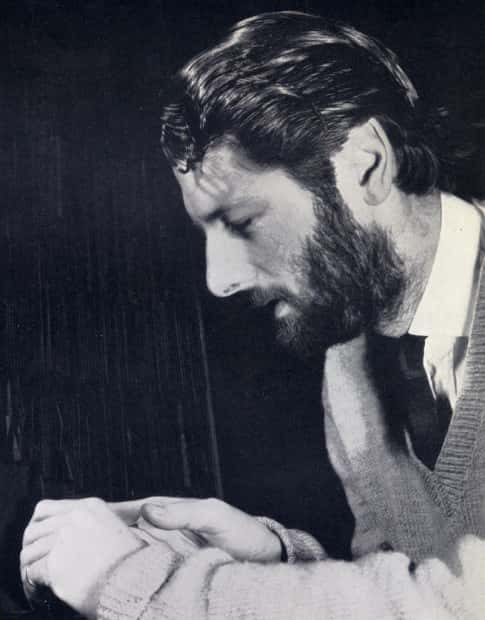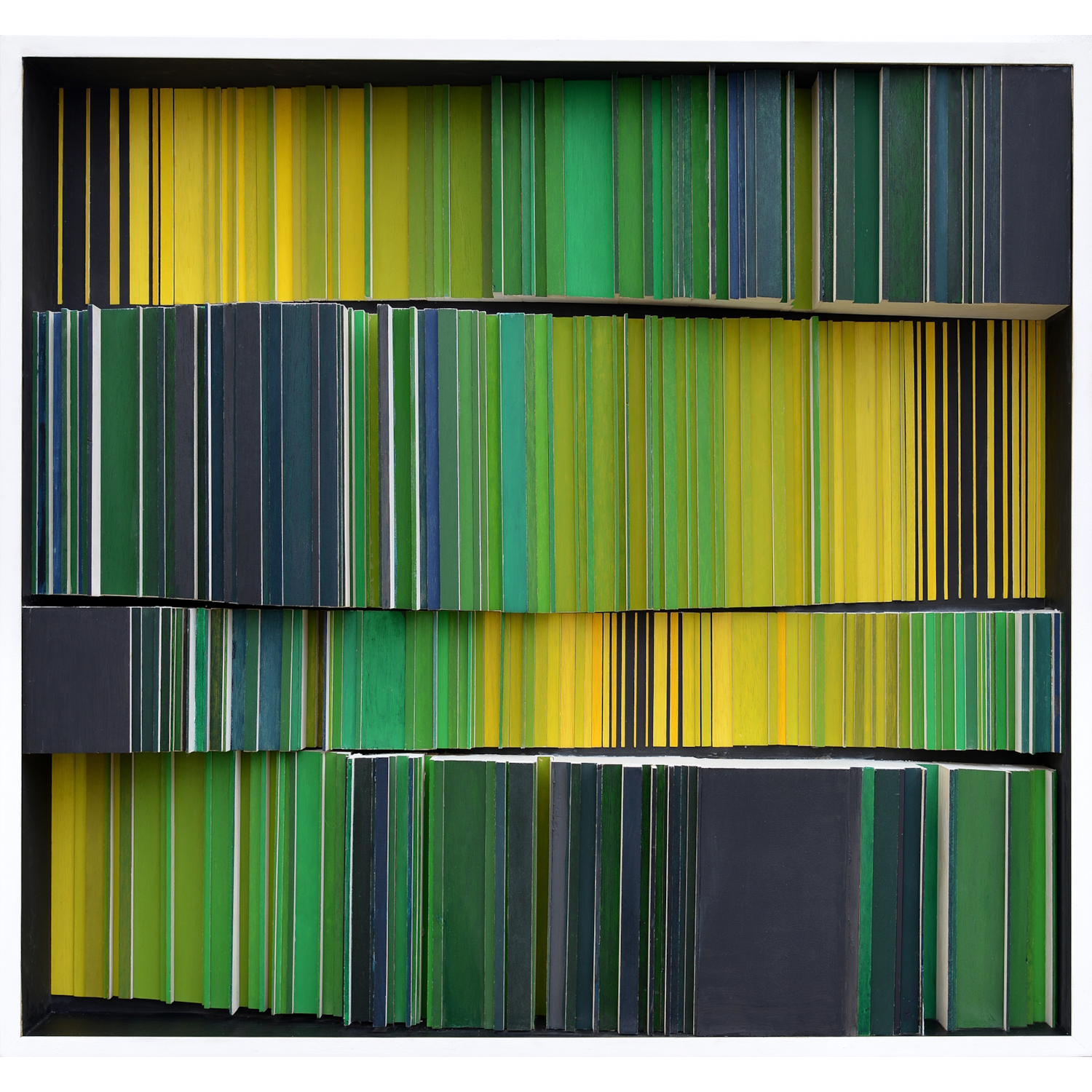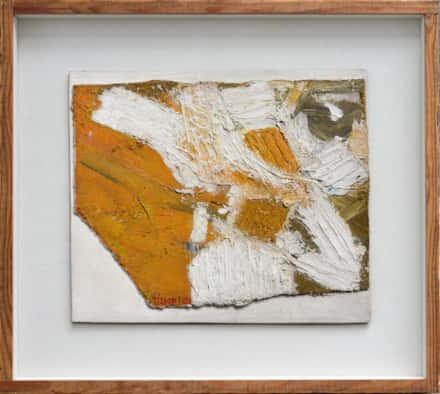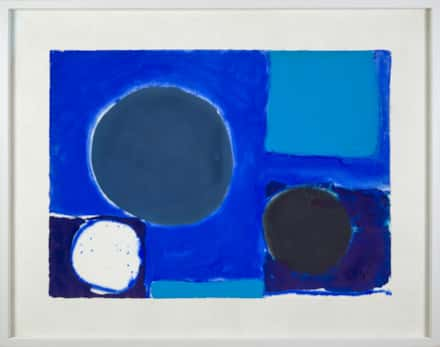Gwyther Irwin
(1931 - 2008)
Wave Rave, 1965
P986
Cut out and assembled painted wood
H: 40 ½ in (102.5 cm)
W: 39 ¾ in (99 cm)
D: 6 ½ in (16 cm)
“In the past I have made collage, assemblage, constructions and paintings, using the backs of old posters, string, wood-shavings, cardboard, matches, nails, wood, cloth, paint and so on…”
Gwyther Irwin, 1979
ARTIST'S BIOGRAPHY
(David) Gwyther Irwin, (1931-2008) was a British abstract artist, born in Basingstoke, Hampshire, who had lived much of his life in north Cornwall. He was educated in Dorset, at Goldsmith’s College and at the Central School of Art in London (1951-1954). The 1950’s were the crucial years in the development of later 20th century modernism, and while many of Irwin’s contemporaries fell under the growing influence of abstract expressionism and the New York School of Rothko, De Kooning and Pollock, Irwin, no less sympathetic to the abstract, was drawn instead towards the European avant-garde; to art brut, Tachisme, and the found image, thus leading him to a style that was uniquely his own. His most famous artworks consisted of pictures assembled from newsprint and fragments of advertisements on paper, which he collected from the streets with his wife, which were then worked up into collages often of fine delicacy and quite subtle shades. Some of his later works also used string, wood shavings, chalk and paint. It was these works, for which he became best known and most celebrated which he called ‘three-dimensional collage,’ and described as half way between painting and sculpture. His bold abstract painting and collage works received critical acclaim in his early in the 1950s and he came to prominence in 1957 with an exhibition at Gallery One, and another at Gimpel Fils in 1959. In 1964 he represented England at the Venice Biennale, along with Joe Tilson, Bernard Meadows and Roger Hilton. During the 1960’s Irwin taught at Corsham, Hornsey and Chelsea colleges and in 1969, he became head of fine art Brighton College of Art, where he remained until 1984. In his later years Gimpel Fils honoured him with a retrospective in 1987 and his works were included in major shows at Redfern Gallery, Barbican and Tate Britain in the late 1990’s. His work can be found today in many private and public collections such as the Tate Gallery, London; the Government Art Collection, and the Peggy Guggenheim Collection, Venice.

YOU MAY ALSO LIKE
Gwyther Irwin
Wave Rave, 1965








 PRINT
PRINT SHARE
SHARE


